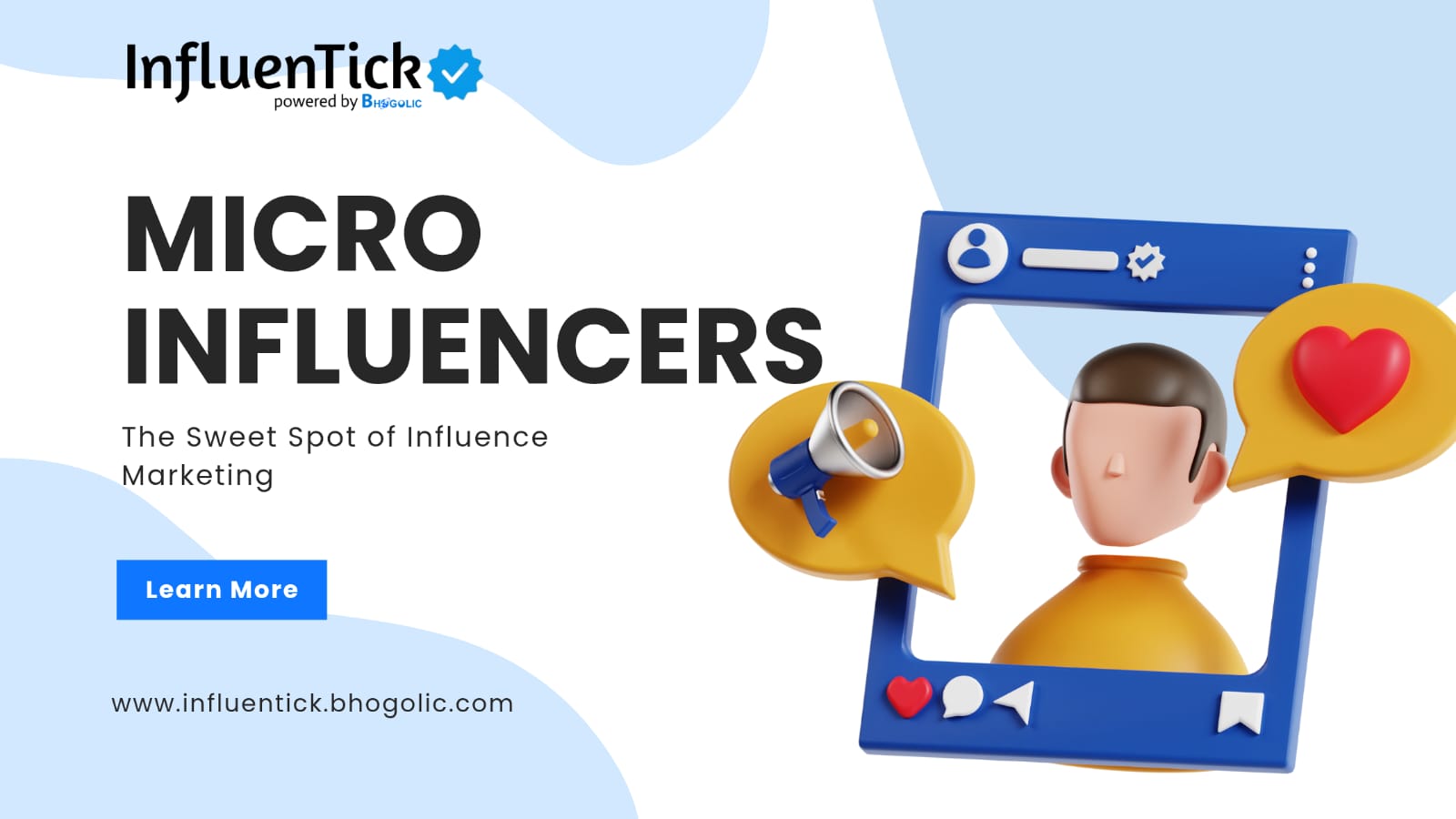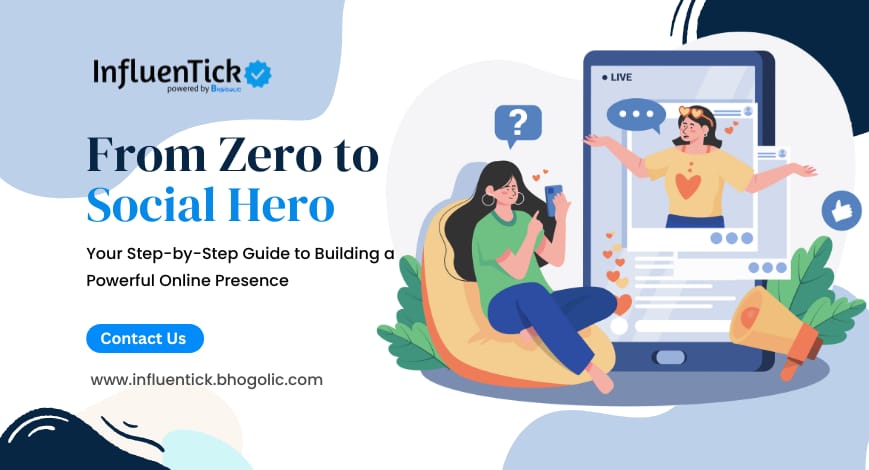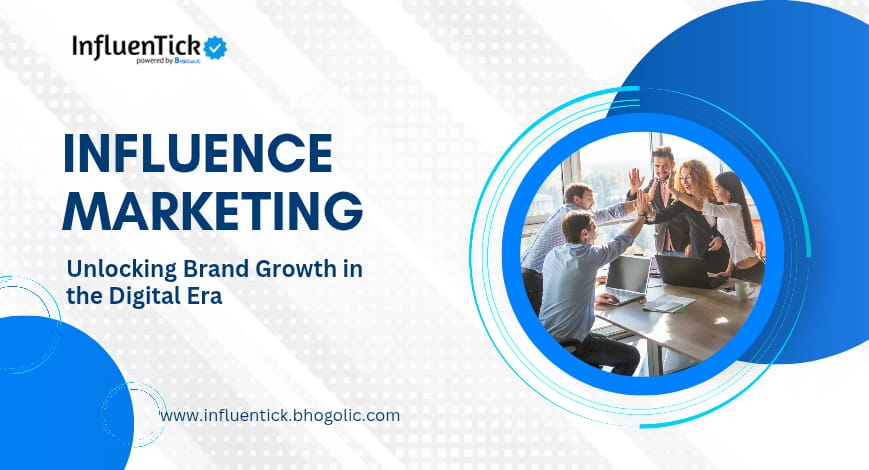
Micro-Influencers: The Sweet Spot of Influence Marketing
In today’s digital-first economy, brands are constantly searching for innovative ways to connect with consumers authentically and at scale. While celebrity endorsements and macro influencers once dominated social media marketing, the spotlight has now shifted to a more relatable and effective alternative: micro-influencers. These individuals strike the perfect balance between reach and engagement, making them a powerful force in the evolving landscape of influence marketing.
Who Are Micro-Influencers?
Micro-influencers are social media users with follower counts ranging from 10,000 to 100,000. They aren’t celebrities, but they are often seen as experts in specific niches—be it fitness, food, fashion, parenting, travel, or tech. What makes micro-influencers particularly valuable is their deep connection with their followers, who view them as authentic and trustworthy voices rather than paid promoters.
These influencers typically produce high-quality content and maintain active, two-way communication with their audience. This engagement leads to better visibility, more meaningful interactions, and higher conversion rates when compared to influencers with massive followings.
Why Micro-Influencers Matter in Influence Marketing?
Micro-influencers represent the sweet spot in influence marketing for several reasons:
- Higher Engagement: Micro-influencers consistently outperform larger accounts when it comes to engagement metrics like likes, comments, and shares. On average, they can achieve engagement rates between 3% to 6%, far higher than macro influencers.
- Authenticity: Their content feels personal and genuine. Followers are more likely to believe their recommendations are based on true experiences rather than sponsorship.
- Niche Authority: With focused content themes, micro-influencers have highly targeted audiences, allowing brands to reach specific consumer segments with precision.
- Cost Efficiency: While they may charge more than nano-influencers, micro-influencers remain significantly more affordable than macro or celebrity influencers, offering strong ROI.
- Scalability: Brands can collaborate with several micro-influencers across regions or platforms to increase exposure without relying on a single voice.
Platforms Where Micro-Influencers Excel
Micro-influencers thrive on platforms that prioritize content quality and community engagement:
- Instagram: Ideal for visual storytelling and product placement in lifestyle content.
- TikTok: Micro-influencers gain traction quickly through short-form, trend-driven videos.
- YouTube: Long-form content allows for in-depth tutorials, reviews, and vlogs.
- LinkedIn: Suitable for B2B micro-influencers sharing expertise and industry insights.
- X (formerly Twitter): Great for thought leadership and real-time brand conversations.
Comprehensive Influence Marketing Services for Micro-Influencer Campaigns
Influence marketing campaigns involving micro-influencers are multifaceted and require strategic planning and professional execution. Agencies like InfluenTick by Bhogolic offer an extensive suite of services designed to help brands tap into the full potential of micro-influencer partnerships.
1. Influencer Strategy Development
Every campaign begins with understanding the brand’s goals, target audience, and KPIs. InfluenTick develops detailed strategies that outline:
- Campaign objectives (awareness, engagement, conversions)
- Platform selection
- Content formats
- Timeline and deliverables
This ensures a cohesive and results-driven approach to influence marketing.
2. Micro-Influencer Identification & Vetting
InfluenTick leverages proprietary databases, AI tools, and manual research to identify micro-influencers whose audience demographics, content quality, and engagement rates align with the brand. The vetting process includes:
- Reviewing audience authenticity
- Checking engagement statistics
- Ensuring brand fit and content relevance
- Evaluating past sponsored work
This precision helps in forming credible, mutually beneficial partnerships.
3. Outreach & Communication Management
Professional outreach is essential in influencer collaborations. Agencies craft personalized pitches and handle negotiations, ensuring influencers clearly understand:
- Campaign goals and messaging
- Content requirements
- Compensation structures
- Timeline and key dates
Clear communication fosters positive relationships and smooth project execution.
4. Content Creation & Brand Integration
Micro-influencers excel at creating content that resonates with their audience. InfluenTick provides guidelines while giving influencers creative freedom to ensure content remains authentic. Services include:
- Briefing sessions
- Co-creation of branded assets
- Visual storytelling strategy
- Tone and messaging alignment
This results in highly engaging, brand-consistent content that doesn’t feel forced.
5. Hashtag Optimization & Trend Alignment
Using the right hashtags and tapping into trending topics ensures that influencer content gains maximum visibility. InfluenTick monitors real-time trends to align campaign posts with:
- Popular and relevant hashtags
- Viral audio clips (on TikTok and Instagram Reels)
- Ongoing social conversations
This enhances discoverability and boosts organic reach.
6. Sponsored Posts & Paid Collaboration Management
Managing sponsored content is about balancing promotion with trust. InfluenTick helps structure collaboration models such as:
- Flat-fee partnerships
- Performance-based incentives
- Product-for-post exchanges
They also ensure FTC compliance and proper disclosure to maintain transparency.
7. Contracting & Deliverable Oversight
A clear and concise contract ensures mutual expectations are understood and protected. Agencies handle:
- Content usage rights
- Timelines and publishing schedules
- Revisions and approvals
- Compensation terms
This reduces miscommunication and enhances professionalism.
8. Analytics & Campaign Reporting
Performance tracking is critical to measuring campaign success. InfluenTick uses tools to report on:
- Engagement metrics (likes, comments, shares)
- Reach and impressions
- CTR and conversion rates
- Audience sentiment and feedback
These reports help brands evaluate ROI and refine future campaigns.
9. Long-Term Influencer Relationship Management
One-off posts rarely deliver long-term value. InfluenTick focuses on nurturing ongoing collaborations with micro-influencers, turning them into brand advocates who consistently support and represent the brand across campaigns.
Challenges of Working with Micro-Influencers
Despite their benefits, micro-influencer campaigns come with unique challenges:
- Consistency: Content quality and messaging can vary between influencers.
- Scalability: Managing multiple collaborations requires coordination and resources.
- Measurement: Attribution can be complex, especially when multiple influencers are involved.
Agencies like InfluenTick mitigate these issues through robust workflows, clear reporting systems, and centralized campaign management tools.
Real-World Application of Micro-Influencer Campaigns
A beauty brand looking to promote a new organic skincare line might choose 30 micro-influencers with highly engaged skincare-loving audiences on Instagram and TikTok. These influencers share tutorials and reviews, encouraging their followers to try the products. Within weeks, the brand experiences:
- A 35% increase in website traffic
- Thousands of user-generated posts
- A notable lift in sales
This success is attributed to the trust, creativity, and relevance micro-influencers bring to their content, something macro influencers might not achieve with the same budget.
The Future of Micro-Influencer Marketing
As audiences become more ad-savvy and seek authentic content, micro-influencers will continue to gain importance. Brands that prioritize real connections over broad impressions will see the most success. With social media platforms constantly evolving, micro-influencers are well-positioned to adapt quickly and maintain relevance.
Technological advancements will also improve how brands identify influencers, track performance, and scale campaigns globally. Micro-influencers will likely play a key role in community building, product launches, and sustained brand engagement for years to come.
Conclusion
Micro-influencers represent a golden opportunity for brands to combine reach, relevance, and results. Their ability to authentically engage niche audiences, deliver high returns on investment (ROI), and adapt to brand narratives makes them indispensable in the influencer marketing ecosystem. Agencies like InfluenTick empower brands to fully harness the power of micro-influencers through strategic planning, creative collaboration, and data-driven execution. In the world of digital marketing, micro-influencers are proving that impact often comes in smaller, smarter packages.





